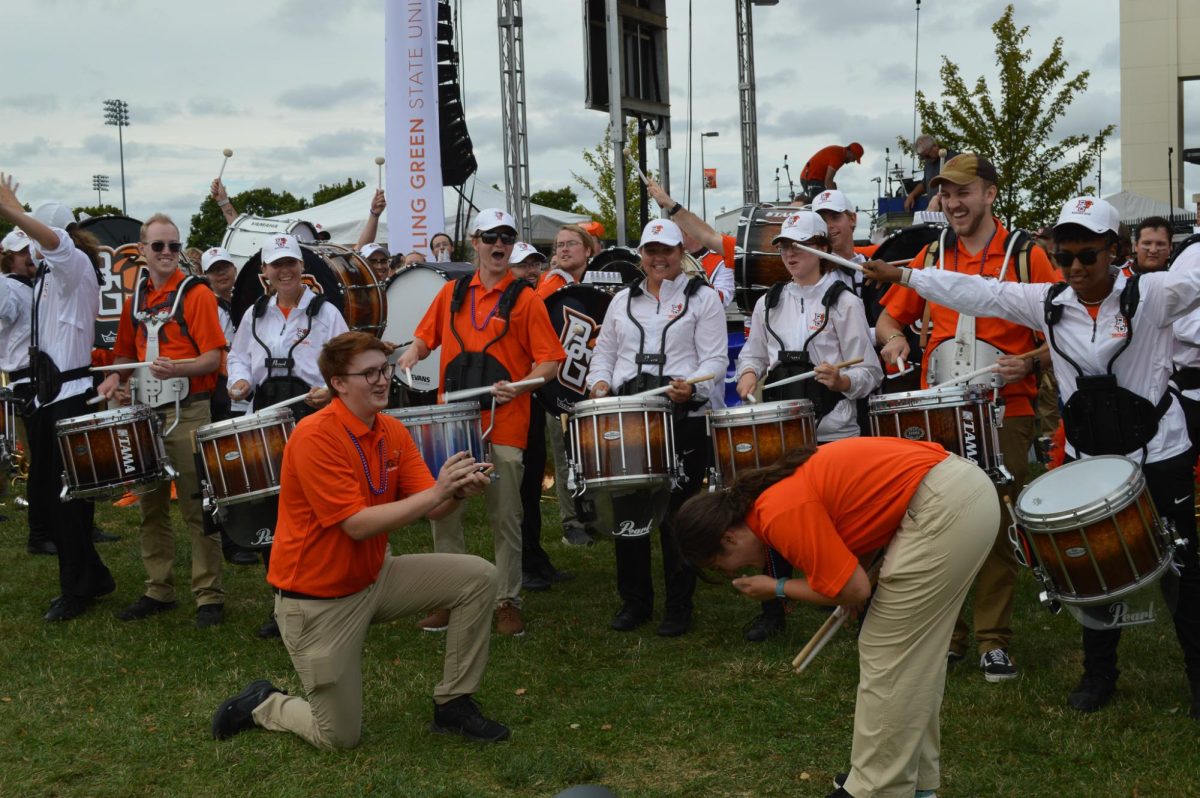NEW YORK — President Bush says he doesn’t believe it. Some experts have a problem with it. But several others say it seems sound.
Such was the varied reception for a controversial new study that estimated the Iraq war has led to the deaths of nearly 655,000 Iraqis as of July.
Researchers from Johns Hopkins University in Baltimore and the Al Mustansiriya University in Baghdad derived that estimate from a door-to-door survey, conducted by doctors, of 1,849 households in Iraq. Taking the number of deaths reported by household residents, they extrapolated to a nationwide figure.
The researchers, reflecting the inherent uncertainties in such extrapolations, said they were 95 percent certain the real number lay somewhere between 392,979 and 942,636 deaths.
Even the smaller figure is almost eight times the estimate some others have derived.
The new study – which attributes roughly 600,000 of the deaths directly to violence and 55,000 more to other war-related causes – was released yesterday on the Web site of The Lancet, a respected medical journal. But just how good is its conclusions?
“I don’t consider it a credible report,” President Bush said yesterday.
Neither does Gen. George W. Casey, the top American military commander in Iraq.
“That 650,000 number seems way, way beyond any number that I have seen,” Casey said. “I’ve not seen a number higher than 50,000. And so I don’t give it that much credibility at all.”
And neither does Michael E. O’Hanlon of the Brookings Institution, which also tracks Iraqi deaths.
“I do not believe the new numbers. I think they’re way off,” he said.
Other research methods on the ground, like body counts, forensic analysis and taking eyewitness reports, have produced numbers only about one-tenth as high, he said. “I have a hard time seeing how all the direct evidence could be that far off … therefore I think the survey data is probably what’s wrong.”
However, several biostatisticians and survey experts were supportive of the work.
“Given the conditions (in Iraq), it’s actually quite a remarkable effort,” said Steve Heeringa, director of the statistical design group at the Institute for Social Research at the University of Michigan.
“I can’t imagine them doing much more in a much more rigorous fashion.”
He said the study made “minor departures” from the standards generally used in national surveys for choosing what households to interview. Whether those departures, brought on by wartime conditions in Iraq, introduced a bias in the results is impossible to measure from the data alone, he said.
Frank Harrell Jr., chair of the biostatistics department at Vanderbilt University, called the study design solid and said it included “rigorous, well-justified analysis of the data.”
And Richard Brennan, head of health programs at the New York-Based International Rescue Committee, said the study’s survey approach was typical.
“This is the most practical and appropriate methodology for sampling that we have in humanitarian conflict zones,” said Brennan, whose group has conducted similar projects in Kosovo, Uganda and Congo.
“While the results of this survey may startle people, it’s hard to argue with the methodology at this point.”
Donald Berry, chairman of the statistics department at the University of Texas’ M.D. Anderson Cancer Center in Houston, said he believes the study was done “in a reasonable way.” But he said the range of uncertainty given for the estimates was much too narrow, because of potential statistical biases in the survey.
While it’s impossible to calculate a better range that accounts for that, he said, it wouldn’t be surprising if the low end dropped about four-fold to 100,000 deaths. A wider range of uncertainty would make the 655,000 figure less meaningful, he said.
Meanwhile, one of the study’s authors said he’s confident in the work’s conclusions.
If the estimate seems high, it’s because the door-to-door survey turned up deaths that are typically overlooked when sought by other means in wartime situations, said Les Roberts, who was with Johns Hopkins when he co-authored the study but has just taken a post at Columbia University.
As for extrapolating a nationwide figure from the sample of the few hundred deaths actually reported, “almost every statistic you’ve ever heard about health in America comes from a sample,” Roberts said. “It may not be extremely precise, but at least it gets us in the right ballpark.”







